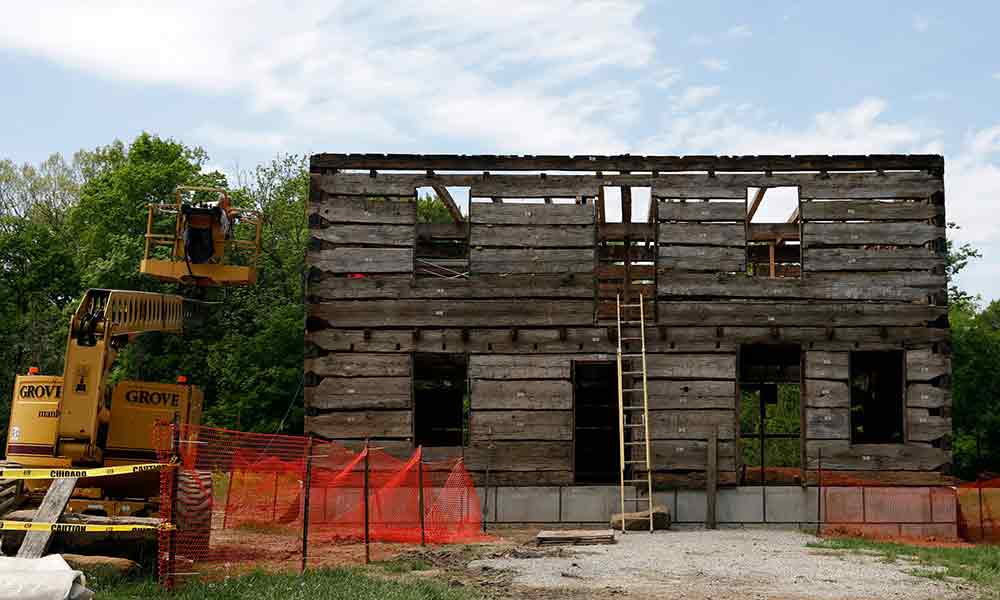The Environmental Protection Agency created a valuable publication entitled “Design for Deconstruction.” The aim of this article is to add our observations of industry practice using the ample research produced and presented in their publication and others, especially with respect to the use of concrete in buildings. The publication presents startling statistics including:
- According to the US Geological Survey, an estimated 60% of materials flow in the US economy (excluding food and fuel) is consumed by the construction industry.1
- 548 million tons of C&D debris were generated in the United State, in 2015—more than twice the amount of generated municipal solid waste.2
- Demolition represents more than 90 percent of total C&D debris generation, while construction represents less than 10 percent.3
Within the deconstruction industry, cement continues to be the most prevalent material that must be removed during any demolition or deconstruction. According to the EPA, “Manufacturing cement alone emits about 7% of global carbon emissions.”4 When speaking of the immediate dangers of climate change, carbon emissions remains at the forefront of conversation. However, we want to ensure the critical threats of leakage of landfill material into the water stream, ecological damage to the ecosystem including plants and animals as well as the danger of methane gas emission should also be mitigated along with carbon. However, let us look just at carbon emissions for the time being. Per the EPA, concrete has one of the lower CO2/lbs of material emission rate, especially compared to materials such as aluminum window frames or carpet. However, given the large quantity of concrete usage in tons, when compared to other building materials, it represents 32.5% of CO2 emissions, which is the highest of all other C&D waste categories. In the EPA study, the total tonnage of C&D waste was 1,376 tons, of which concrete comprised 1007.4.5
In practice, deconstruction contractors often recycle concrete as a way to avoid the landfill as the final destination. The American Concrete Pavement Association notes advances that have been made in the concrete recycling industry and are a fantastic source for those desiring to learn specifics of concrete recycling and reuse. From their website, “Recycling of concrete pavement is a relatively simple process. It involves breaking, removing and crushing concrete from an existing pavement into a material with a specified size and quality.”6
In addition to recycling concrete that has already been produced and used in building structures, it is critical to find green alternatives to concrete. An ingenious organization called “Inhabitat” produced a detailed list of concrete alternatives and provide additional information on these materials. These include:
- Straw Bales
- Grasscrete
- Rammed Earth
- HempCrete
- Bamboo
- Recycled Plastic
- Wood
- Mycelium
- Ferrock
- AshCrete
- Timbercrete7
At The Green Mission Inc., our primary mission is to maximize waste diversion rates from C&D materials. This involves not only dealing with the concrete already produced in building structures by recycling and reusing it, but exploring alternatives to it within new building design.
Reference Links:
1 Environmental Protection Agency, Design for Deconstruction, p.9
2 Environmental Protection Agency, The Advancing Sustainable Materials Management: 2015 Fact Sheet, July 2018, p. 18
3 ibid
4 Environmental Protection Agency, Design for Deconstruction, p.9
5 Environmental Protection Agency, Design for Deconstruction, p. 29
6 https://www.concretenetwork.com/concrete/demolition/recycling_concrete.htm
7 https://inhabitat.com/11-green-building-materials-that-are-way-better-than-concrete/


